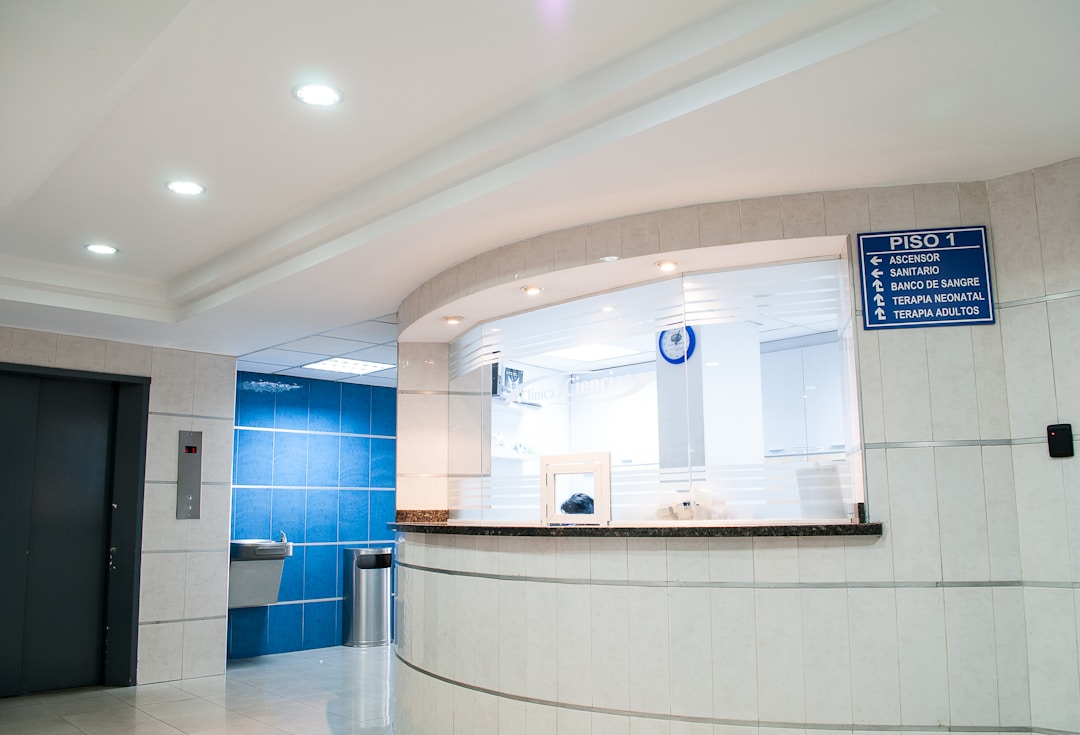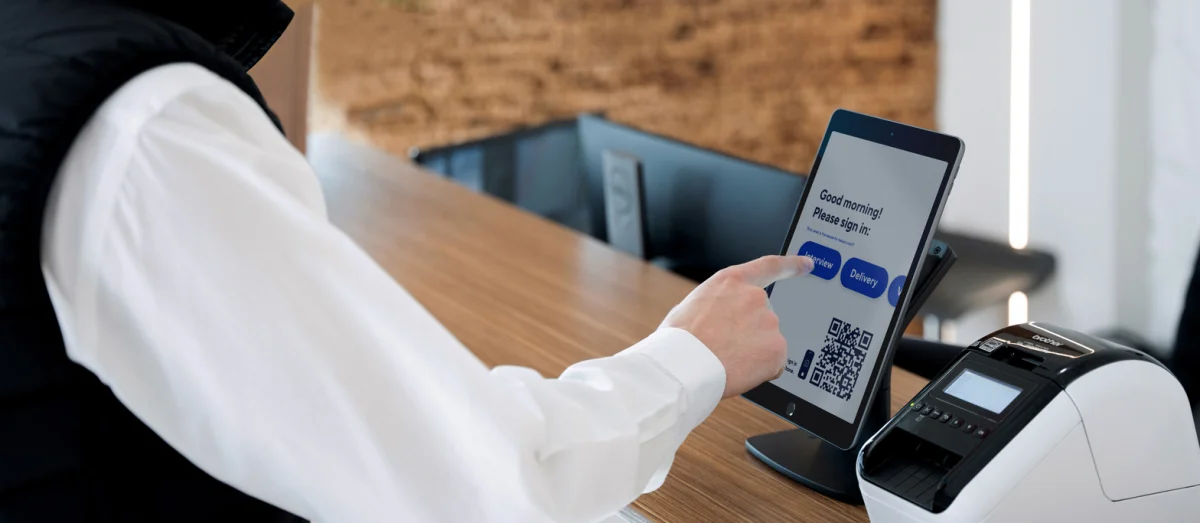Enhancing Hospital Security: The Role of Visitor Management Systems
Hospitals are complex environments where the need for security measures is paramount, given the vulnerability of patients and the sensitivity of information handled within their walls. Balancing accessibility with security is a delicate task that hospital administrations continuously grapple with. A proactive approach to security not only ensures the safety of patients and staff but also helps to maintain privacy and operational efficiency. The introduction of an advanced visitor management system for hospitals is a leap forward in achieving this equilibrium of safety and accessibility. In this article, we explore how these systems are revolutionizing hospital security.
Understanding the Need for Improved Hospital Security

Hospital security can pose many challenges. The reality of modern healthcare facilities involves a constant flux of people, from patients and staff to visitors and suppliers. Each individual’s presence brings a potential risk that must be managed effectively. Incidents of security breaches, data theft, and even violence highlight the urgent need for stringent security measures. Hospitals, therefore, are on a continual quest to enhance their security protocols without impinging on the healing environment.
Improvements in hospital security are not only about protecting physical assets but also about safeguarding sensitive patient data. Compliance with regulations such as the Health Insurance Portability and Accountability Act (HIPAA) necessitates rigorous control over who has access to various parts of a hospital. Hospitals that lack robust security systems are more vulnerable to data breaches, which can lead to significant fines and loss of trust.
Infections and diseases pose another layer of complexity in hospital security. Mitigating the risk of contagion, especially in the wake of global health crises, means knowing who is in the building, where they have been, and who they have come into contact with. This is where a reliable visitor management system becomes indispensable in tracking and controlling the flow of people.
Lastly, the increasing need for disaster preparedness requires hospitals to have a transparent system in place that can account for everyone within their premises during emergencies. Whether it’s a natural disaster or an internal crisis, having a comprehensive understanding of who is in the building can make evacuation and rescue operations much more efficient.
Visitor Management Systems for Hospitals

Visitor management systems are specialized solutions designed to streamline the process of registering, tracking, and managing visitors. These systems replace traditional sign-in sheets with electronic logs, capturing detailed information in a more secure and efficient manner. Digital systems also alleviate the risk of losing critical visitor data and enhance the ability to search and retrieve records swiftly.
Amongst many features, visitor management systems typically offer ID scanning, badge printing, and photo capture to verify and log each individual entering the premises. This elevates the security protocol from a simple name entry in a logbook to a thorough check-in procedure, ensuring only authorized individuals gain access. Moreover, visitor badges can be color-coded or feature specific details to limit access to certain areas within the hospital.
The integration of a visitor management system is a strategic move toward enhancing security. These automated systems relieve staff from manual entry tasks, enabling them to focus on more critical responsibilities while improving the overall visitor experience through a streamlined, modern check-in process.
Enhancing Safety with Real-Time Visitor Tracking
One of the standout benefits of advanced visitor management systems is real-time tracking. Real-time data allows security personnel to know exactly who is on the premises at any given time. This can be critical in emergency situations or when needing to locate a particular visitor due to security or medical concerns.
In terms of health emergencies, real-time tracking assists in contact tracing efforts. If a visitor or patient is diagnosed with a contagious illness, having access to accurate visitation records can help notify individuals who might have been in close proximity to the infected person, thereby aiding in containing the spread of infection.
The capacity to monitor the duration of a visit is another essential aspect of these systems. It ensures visitors adhere to visiting hours and allows hospital management to analyze traffic patterns, leading to better resource allocation and improved operational efficiency.
Overall, the integration of visitor management systems into hospitals is a critical step towards a more secure and efficient healthcare environment. These systems not only deter security threats but also enhance operational workflows, ensuring that hospitals can focus on their primary mission of providing care. With ongoing advancements in technology, the promise of even stronger, more adaptable security measures will continue to transform the landscape of hospital security.





